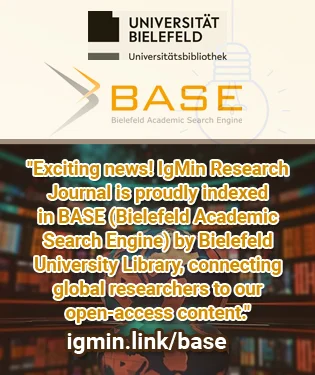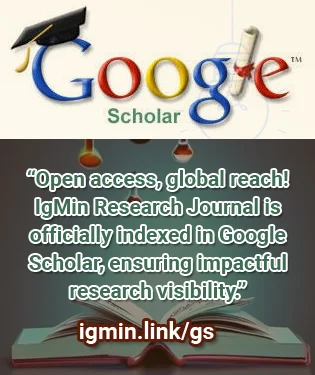Abstract
The Aral Sea is located in the heart of Asia, in Central Asia, spanning the western part of Kazakhstan and the northwestern part of Uzbekistan. It is a transient lake that emerged in its current location approximately 600–700 years ago. Until the 1960s, the surface level of the Aral Sea continued to rise due to the inflow from the Amu Darya and Syr Darya rivers.







